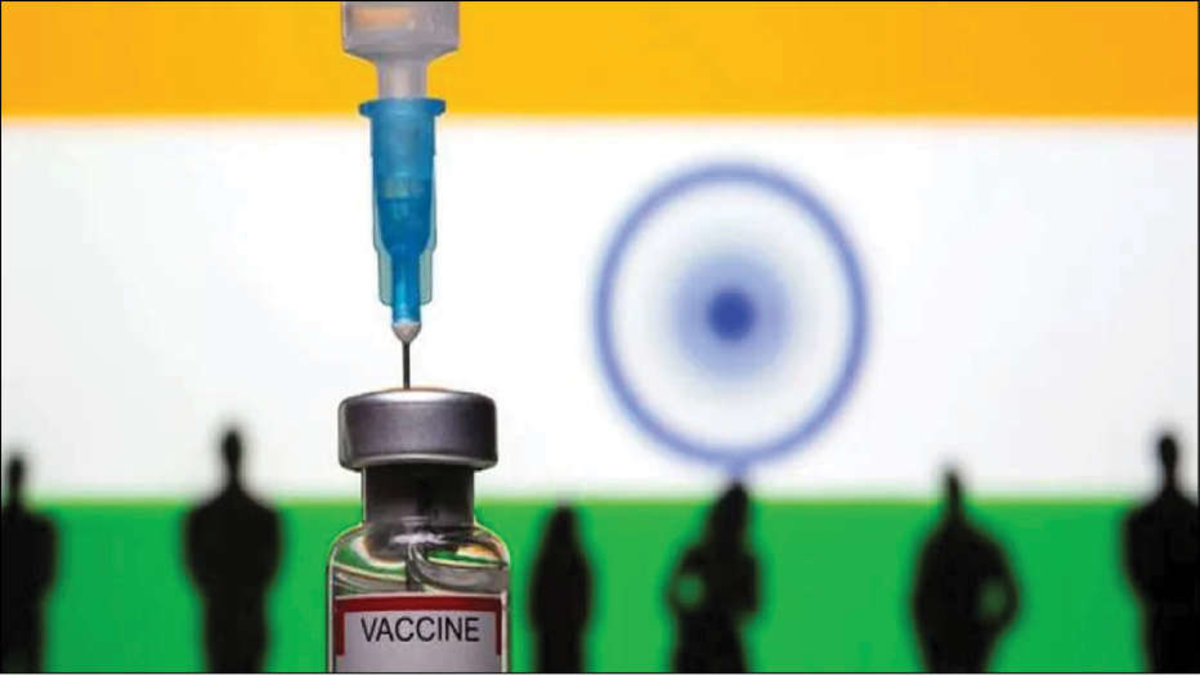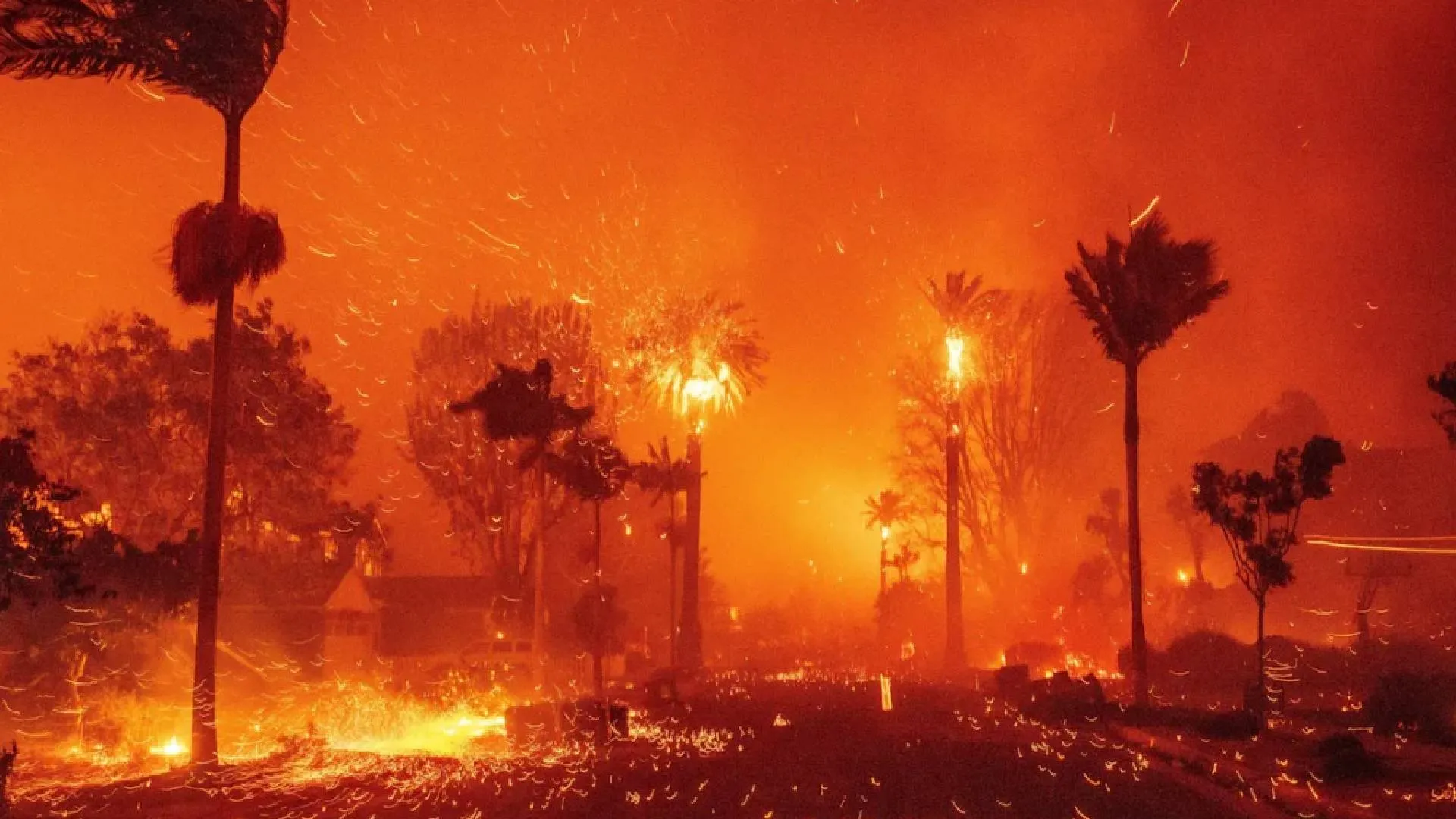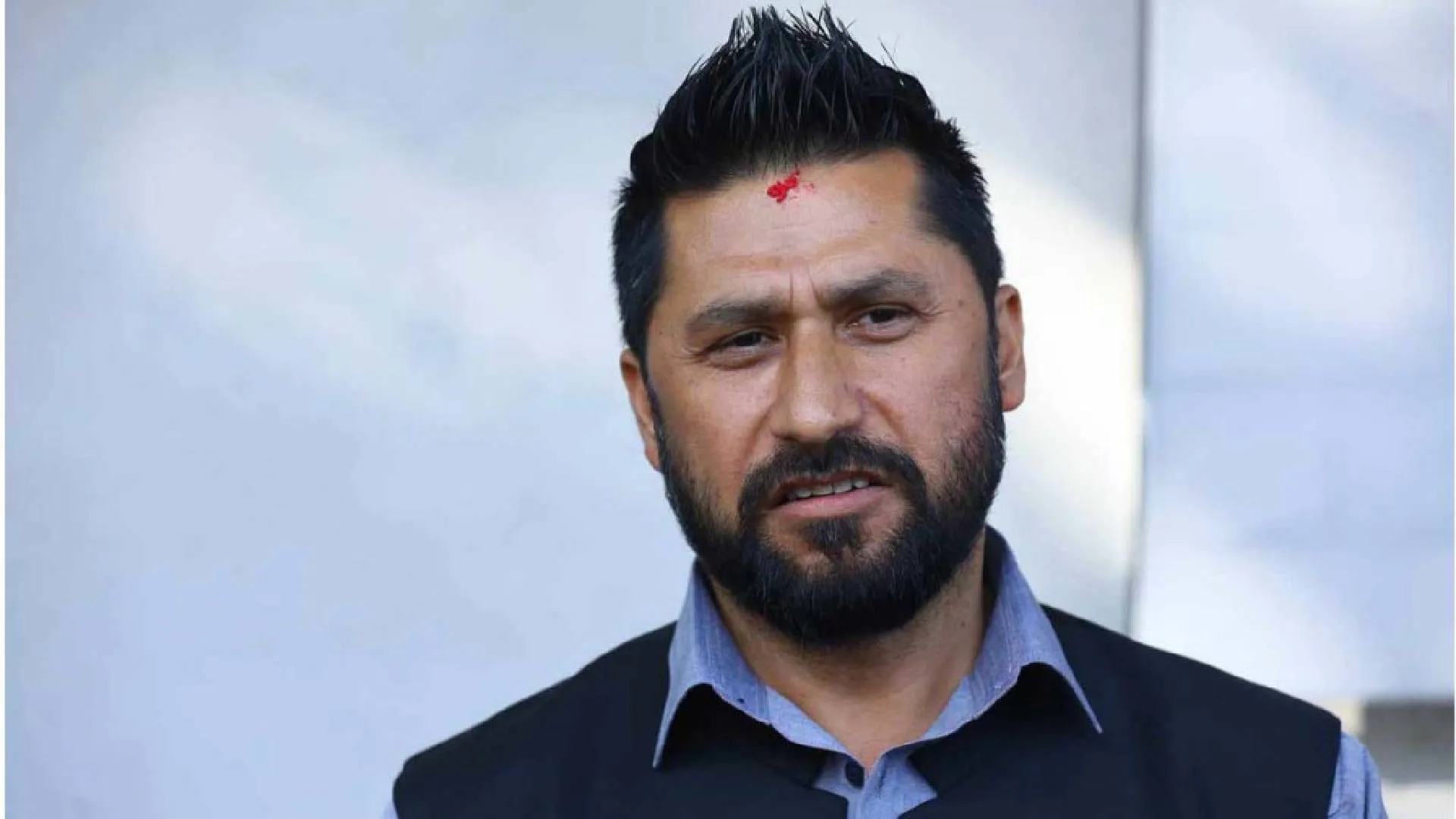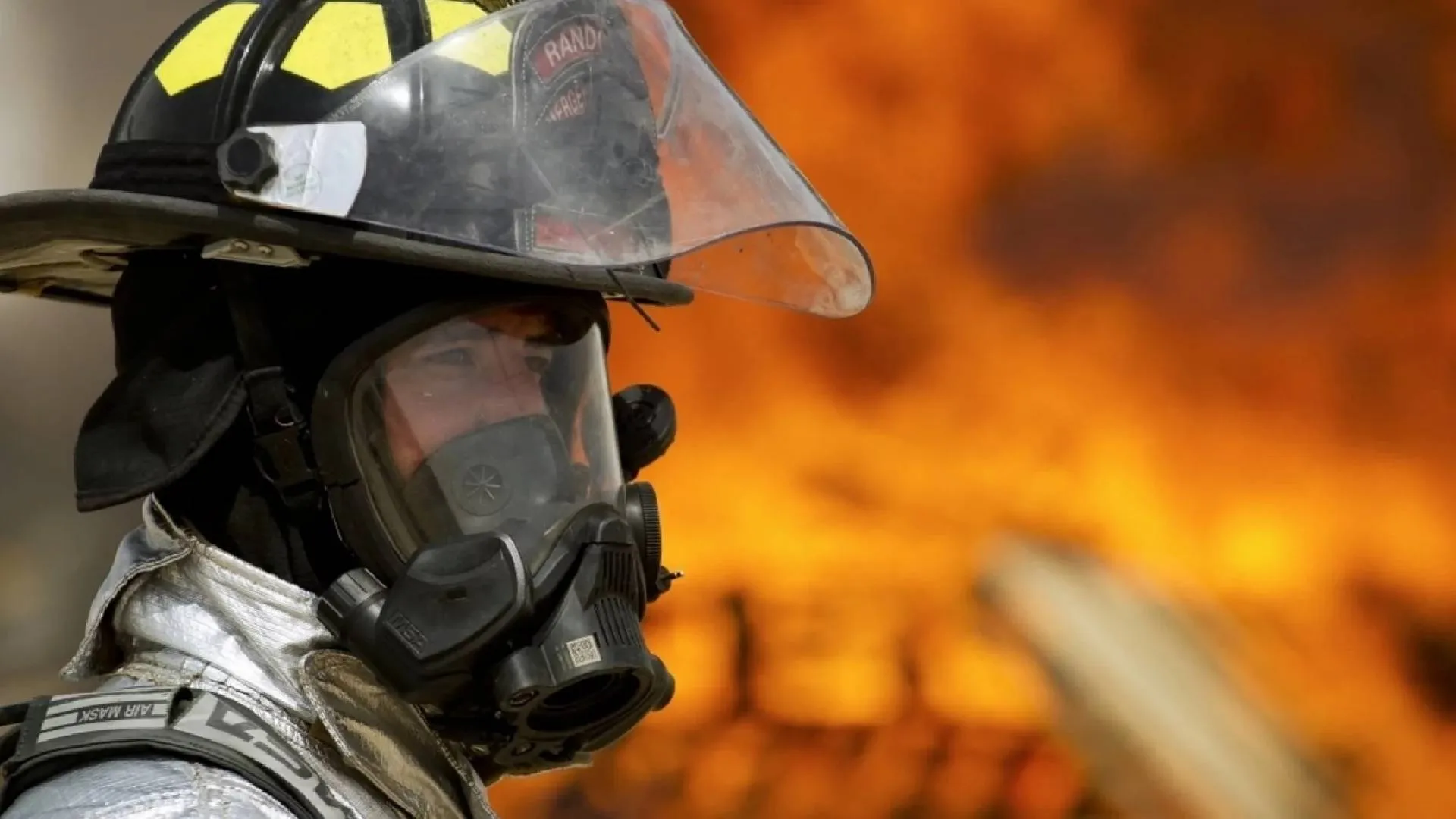“Tis the times’ plague, when madmen lead the blind.”
-William Shakespeare
This quote still holds true today, when the Covid-19 pandemic has spread across the globe from country to country, continent to continent, tightening its vice grip on global economy, policies and leadership. There is no doubt that even the 1st world countries have been caught off guard by this pandemic mainly since the strategic and policy responses of most of these countries lacked preparedness to deal with such a grave epidemic crisis. Even though India was also prostrated under the clutches of this virus, it made concerted efforts to combat it. As a first response to the disaster, the Government used the Epidemic Diseases Act of 1897, which was enacted to combat bubonic plague, and the Disaster Management Act of 2005 to make the pandemic a national emergency. The policy makers followed the medical experts decisively. This seemed as the best strategy for the pandemic being one of its kind and without any precedence. The fact that the healthcare system was able to follow single command and guidelines shows the resilience and ability of the system to face an emergency.
Nevertheless, the pandemic had lasting effects on India’s foreign policy. Covid-19’s second wave and its agonising results have prompted India to accept foreign aid after 17 years. This is bound to have far-reaching strategic implications for India. Let’s take a deeper look on India’s foreign policy during the pandemic and its potential consequences.
MEDICAL DIPLOMACY
Historically, India has always been portrayed as poverty-stricken and disease-ridden. Even the colonizers often painted an image of a perpetually pestilential atmosphere. While India has certainly changed since those days, for many years, the world viewed the nation as a net recipient of global health benefits, rather than as a provider. However, this pandemic has altered India’s role as an international health provider and has stepped up its medical diplomacy. From hydroxychloroquine medicines, to now shipping out Covid-19 vaccines, India is reaching out to everyone in need and condoning its age-old belief of ‘Vasudhaiva Kutumbakam’ ie “world is one family.” A large number of these are grant assistance, some are exports. India has also launched a movement called the “Vaccine Maitri”, which has not just gathered high praise from distant and afar but also illustrated what beneficial prudence in impossible moments looks like. As on May 11, 2021 India exported 663.698 lakh vaccine doses to foreign countries. At the same time, about three times as many vaccine doses have been administered within India. Out of the exports, only 107.15 lakh vaccine doses have been sent as aid. That is, just about 16 per cent of the total exports. The remaining 84 per cent vaccine supplies fall in two categories. About 54 per cent of the total exports — 357.92 lakh vaccine doses — have been sent as commercial supplies by two vaccine manufacturers (Serum Institute of India and Bharat Biotech). In addition, 198.628 lakh vaccine doses (30 per cent of the total supplies) have been sent for the WHO’s COVAX facility by Serum Institute of India. Both these categories fulfil the contractual obligations of vaccine manufacturers. This revolutionary move by India will help strengthen its strategic, economic and international image by earning a long-term goodwill, disrupting vaccine nationalism, boosting pharma manufacturing and in turn reviving the economy.
NEIGHBOURHOOD FIRST POLICY
Former Prime Minister A.B. Vajpayee once famously said “You can change your friends but not neighbours”. This policy actively focuses on improving ties with India’s immediate neighbours. The neighbourhood remains a primary diplomatic arena and a central pillar of India’s foreign and security policies since 2014. Vaccine Maitri, the complex and far-reaching effort to make India’s vaccine manufacturing capacity available for the greater good of mankind at a difficult time, is Neighbourhood First in action. India launched its national vaccine roll out on 16th January 2021 and within 4 days ie on 20th January, the first tranche of Indian vaccines landed in Bhutan and Maldives. On 21st January in Bangladesh and Nepal. And on 22nd January in Myanmar and the Seychelles. The vaccines sent as aid, have been overwhelmingly sent to India’s own neighbourhood. Out of the 107.15 lakh doses, 78.5 lakh doses (73.26 per cent) have been sent to just seven neighbouring countries. Not only is this good diplomacy, but it is also good epidemiology. Immunizing India’s immediate neighbours is an essential part of controlling the pandemic in the country. However, in the aftermath of Covid-19 due to the increasing influence of China in the South Asian region, India’s neighbourhood primacy may see a gradual decline and its historical ties alone may not maintain India’s regional hegemony.
PRIMACY IN THE INDO-PACIFIC REGION
Quadrilateral Security Dialogue (Quad) is the informal strategic dialogue between India, USA, Japan and Australia with a shared objective to support a “free, open and prosperous” Indo-Pacific region, that China seeks to threaten. Engaging with Quad may serve two geo-strategic goals of India viz. countering China’s aggressive posture on the border with India’s assertiveness in maritime domain, and emerging as a net security provider in the region. However, this pandemic could resentfully affect India’s ability and desire to contribute to the Indo-Pacific and the Quad. The economic slowdown brought in by the pandemic may prevent any ambitious military spending or modernisation plans. With reduced military spending and lesser diplomatic attention to regional geopolitics, India’s ability to project power and contribute to the growth of the Quad will be speculative.
INDIA-US RELATIONS
The challenges of the Covid pandemic and the change in US administration have increased the dynamics to the ever-evolving relationship between the two powerful democracies. Be it signing important defence pacts last year, working towards formalising Quad alliance or actively supporting India during its LAC standoff with China. The Malabar exercise, which took place in November 2020, was a high point in India-US strategic relations. A mega naval drill was held for the first time in 13 years between the navies of all four Quad countries, sending a strong message to China. However, India US relations also saw some fluctuations during the pandemic. When US was dealing with a deadly covid wave, India succoured in by exporting medical supplies and easing export restrictions. However, US was hesitant to reciprocate when India was going through the same phase earlier this year. The Biden administration’s “America First” policy drew widespread condemnation across the globe which resulted US in quickly changing track and rushing supplies later. At a time when the pandemic is still roaring and vaccines becoming increasingly vital, stronger Indian-US ties will be critical in helping to stave off the pandemic globally.
INDIA-CHINA RELATIONS
Although India and China got off to a positive start in 2020, things escalated quickly with the outbreak of the pandemic. Over the year, their relationship has been Janus-faced. Although there has been a significant level of humanitarian assistance between the two countries, the border tensions have flared up. A series of military and diplomatic talks led to the complete withdrawal of troops and weapons from the North and South banks of Pangong Lake in February after India and China had been engaged in military standoffs since early May last year. Disengagement talks are now taking place between the two sides to address remaining friction points. The Indian government also banned Chinese products and Chinese apps especially after the Galwan clashes. Presently, India and China have fragile relationships, and it will need to choose between protectionist policies and full cooperation. Whether India and China will be foes or friends is yet to be seen.
CONCLUSION
India’s diplomacy has fared well in adapting and evolving in these complex and uncertain times. All crises are succeeded by periods of growth. An economic boom followed the Second World War and the Great Depression, and a similar trend was observed after all the four major recessions in the post-World War II era. Health crises have led to significant investments in medicine and public health. The same is expected post pandemic and India must rise from its ashes. It is imperative that COVID-19 diplomacy goes beyond geopolitics and truly serves the public good, in the spirit of Vasudeva Kutumbakam. During the coming years, India should have a proactive and dynamic global strategy with an emphasis on adjusting to fluid alliances and convergences. India must deepen cooperation with old partners and allies and at the same time forge new partnerships with rising powers.























